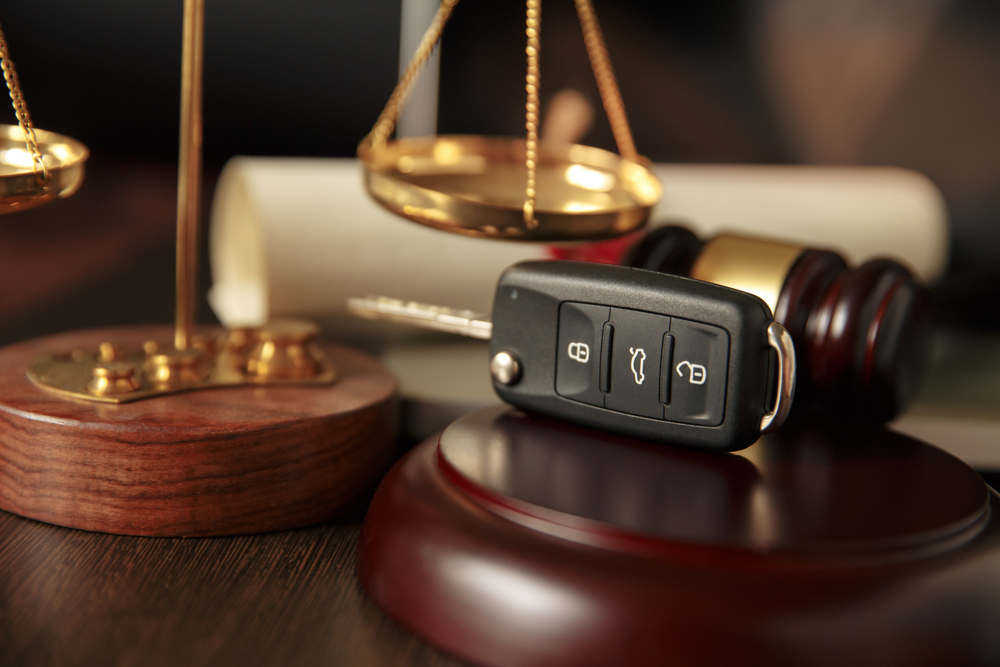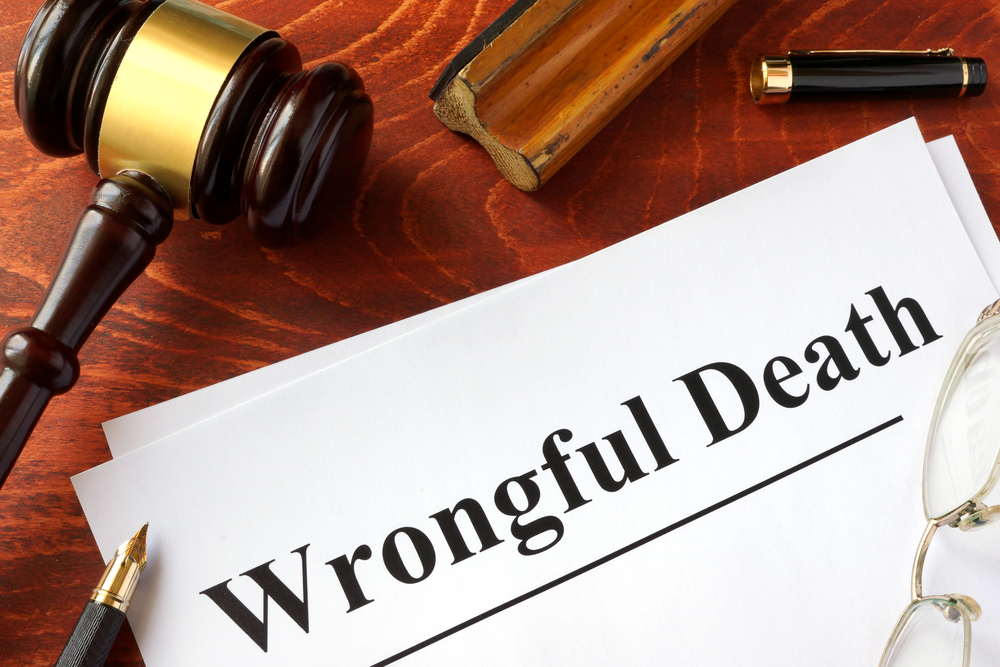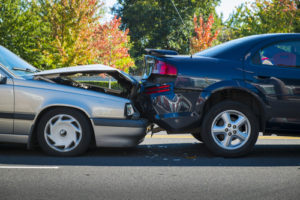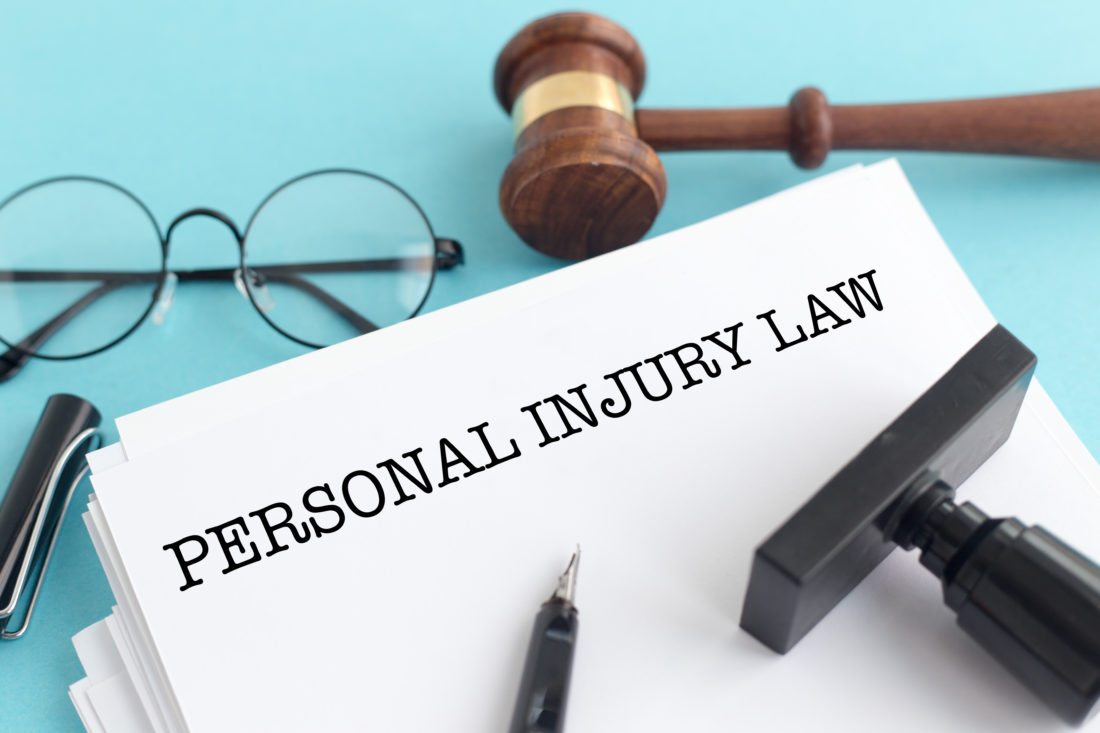Types Of Child’s Birth Injuries
What Legal Recourse Do Parents Have For Their Child’s Birth Injuries?
There is nothing more devastating for parents to find out their newborn has suffered an injury during birth caused by the negligence of medical professionals. A birth injury lawyer understands that devastation and will work diligently to get families the justice they deserve.
Although some injuries are unavoidable, many others are caused by medical negligence during the mother’s pregnancy, labor, delivery, or post-delivery. The most common types of birth injuries include the following:
Brachial Plexus Injuries
The group of nerves that controls the muscles in the shoulder, arms, elbows, wrists, and hands is called the brachial plexus. If these nerves are damaged during labor or delivery, the baby can suffer paralysis and weakness. This injury can for a few months, up to the rest of their lives. Injuries to the brachial plexus can occur if the doctor pulls too hard on the baby’s shoulders or head during delivery or incorrectly uses forceps or a vacuum. It can also occur if the doctor proceeds with a breech birth (feet first) despite knowing the consequences.
Cerebral Palsy
Cerebral palsy can occur when the baby does not get enough oxygen. Babies who suffer birth trauma that leaves them with cerebral palsy are left with permanent injuries, including muscle spasms, weakened muscles, and impaired motor function. Many victims also suffer from impaired speech, vision, hearing, and seizures.
A birth injury lawyer knows that cerebral palsy is completely avoidable in many cases when it is the direct result of medical professionals failing to recognize the baby is not getting enough oxygen during labor or delivery, fails to see that the baby was tangled up in the umbilical cord, failure to perform a C-section when necessary, failure to diagnose the baby has jaundice, and failure to use medical equipment carefully during the delivery.
Klumpke’s Palsy
If the doctor pulls the baby out of the birth canal by an arm that the baby has extended above the head, this can cause nerve damage to the lower area of the brachial plexus. This injury can cause complete loss of feeling in the arm or hand, muscle atrophy, drooping eyelids on one side of the face, and stiffness in joints.
Intracranial Hemorrhages
Intracranial hemorrhages are also referred to as brain bleeds. These injuries can cause damage to the brain, nerves, bones, and spine. There are four types of hemorrhages a baby can suffer:
- Cerebral hemorrhage: Bleeding in the brain
- Intraventricular hemorrhage: Bleeding into the area where spinal fluid is produced (ventricular system)
- Subarachnoid hemorrhage: Bleeding between most inner membranes of the brain.
- Subdural hemorrhage: Bleeding from a ruptured blood vessel
Contact a Personal Injury Law Firm Today
If your baby suffered birth trauma and you suspect negligent medical care was the cause, contact an attorney, like a birth injury lawyer.







